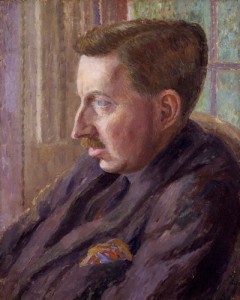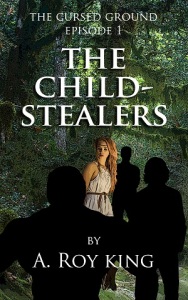[Note: This post originally appeared as my Goodreads review of “Aspects of the Novel.”]
I recently read E.M. Forster’s 1924 classic, “A Passage to India,” so I was interested to learn that he had written a book about fiction writing. “Aspects of the Novel” is based on a series of lectures Forster gave in 1927 at Trinity College, Cambridge.
Copy on the back cover describes “Aspects of the Novel” as “Forster’s renowned guide to writing.” However, to me it reads more like literary criticism than guidance. I found it interesting and enlightening but not highly practical for me as a novelist. Forster organizes his treatment around seven themes, or aspects:
- Story
- People
- The Plot
- Fantasy
- Prophecy
- Pattern
- Rhythm
Out of these aspects, I found his chapter on people, or characters, most useful, particularly his comments on page 75 about the distinction between “round” and “flat” characters, using Jane Austen as an example of round characterization:
Why do the characters in Jane Austen give us a slightly new pleasure each time they come in, as opposed to the merely repetitive pleasure that is caused by a character in Dickens? … [T]he best reply is that her characters though smaller than his are more highly organized. They function all round, and even if her plot made greater demands on them than it does, they would still be adequate. … All the Jane Austen characters are ready for an extended life, for a life which the scheme of her books seldom requires them to lead, and that is why they lead their lives so satisfactorily.
In reader reviews, I often see critical comments to the effect that a novel’s characters are “flat,” and I usually scratch my head over that criticism, especially when it appears in a review of a book that I have read and enjoyed. Maybe some reviewers are just looking for something to gripe about, and “the characters are flat” is a useful trope to fall back on. Or maybe my standards just aren’t that high.
But in any case, here in Forster is an explanation of flat-versus-round that makes sense to me as a writer and that provides some real guidance for developing good characters.
ARK — 4 September 2015








